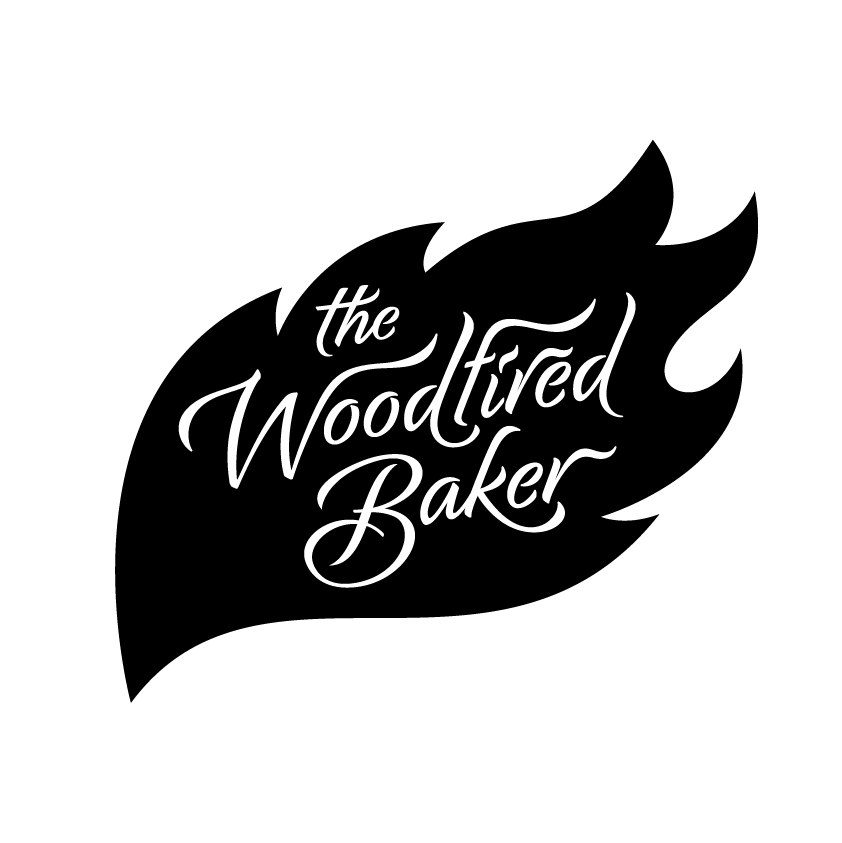
THE OLDEST BREAD IN THE WORLD
Sourdough is the world’s oldest form of leavened bread. The ancient Egyptians were baking it as long ago as 1500 B.C. It was probably discovered by accident when bread dough was left in the open air and good microorganisms drifted into the mix. The resulting bread had a lighter texture and better taste.
For centuries, all bread was made using naturally-occurring yeasts, until in the late 1800’s, commercial yeasts became available. This led to the industrialisation of baking and eventually to the bland, ready-sliced loaf found in today’s supermarkets.
But thankfully, there has been a resurgence in traditional bread making as people become more food-aware and seek out authentic, traditional and tastier alternatives.
The distinctive flavour of authentic sourdough is the result of natural bacteria in wild yeast – the ‘starter’ – which produce lactic acid during the fermentation process. These natural lactobacilli also improve the nutritional quality of the bread and aid digestion.
At The Woodfired Baker, we call our yeast culture The Baby. We started it in 1988, and it’s added to each night to continue its evolution.
IT ALL TAKES TIME
8pm. We fuel our 100-year old Metters oven with jarrah offcuts. It takes around 6 hours to reach the required 280 degrees. We mix our dough using milled WA grains, water, salt and our own special sourdough culture. It’s left awhile to bulk ferment.
11pm. The dough is cut and divided into bread units.
1am. The units are hand-moulded and placed into individual tins.
2am. The final hours of proofing before baking.
4am. We swing open the cast-iron door of our oven, and place the first trays of loaves onto the hot bricks. We can bake 120 loaves at a time.
4.35 am. We unload the warm, crusty bread from the oven, knock the loaves from the tins and place on a cooling rack.
6.30am The loaves are packed and travel 150 metres to our shopfront. Extra loaves are prepared for delivery to restaurants and farmers markets.











